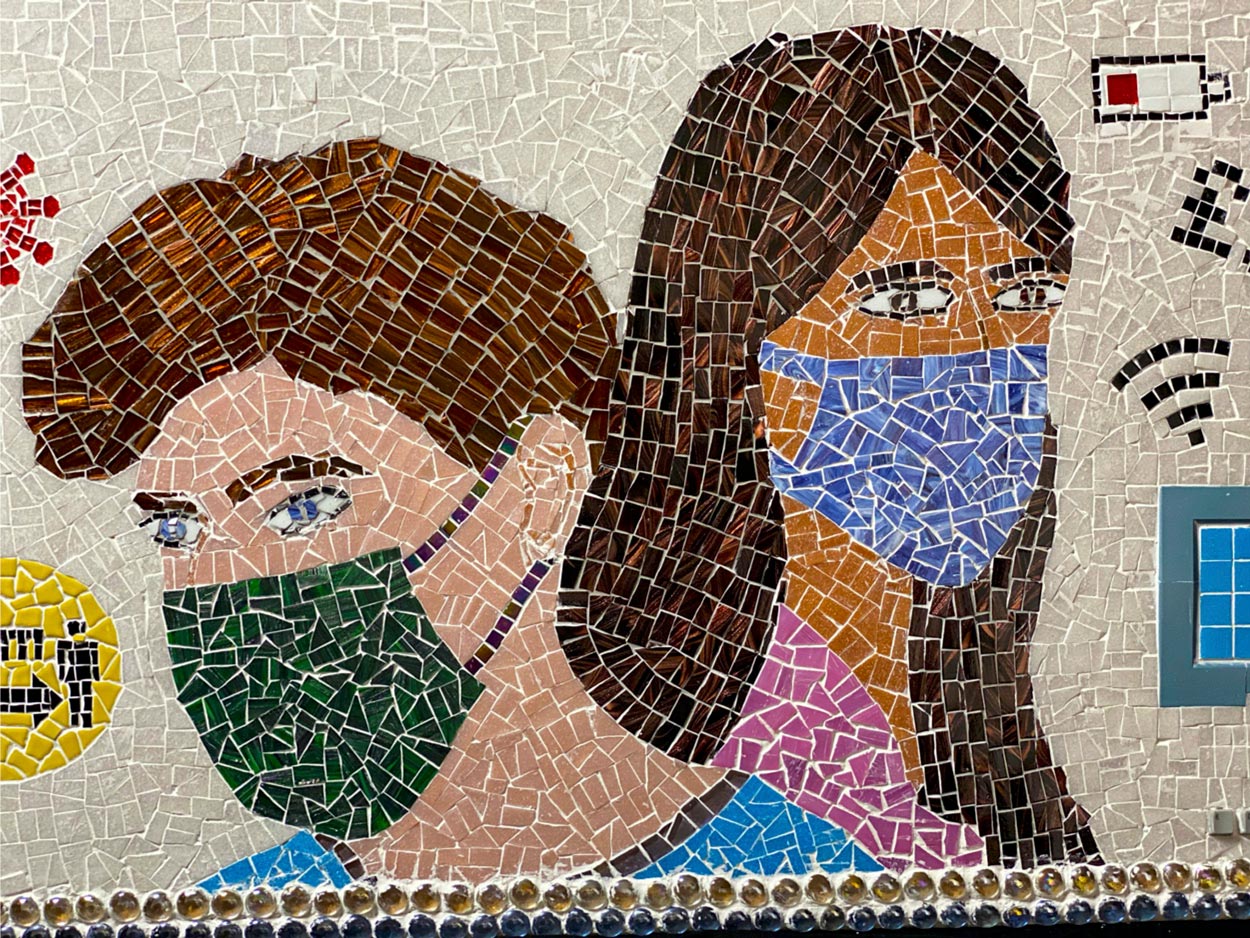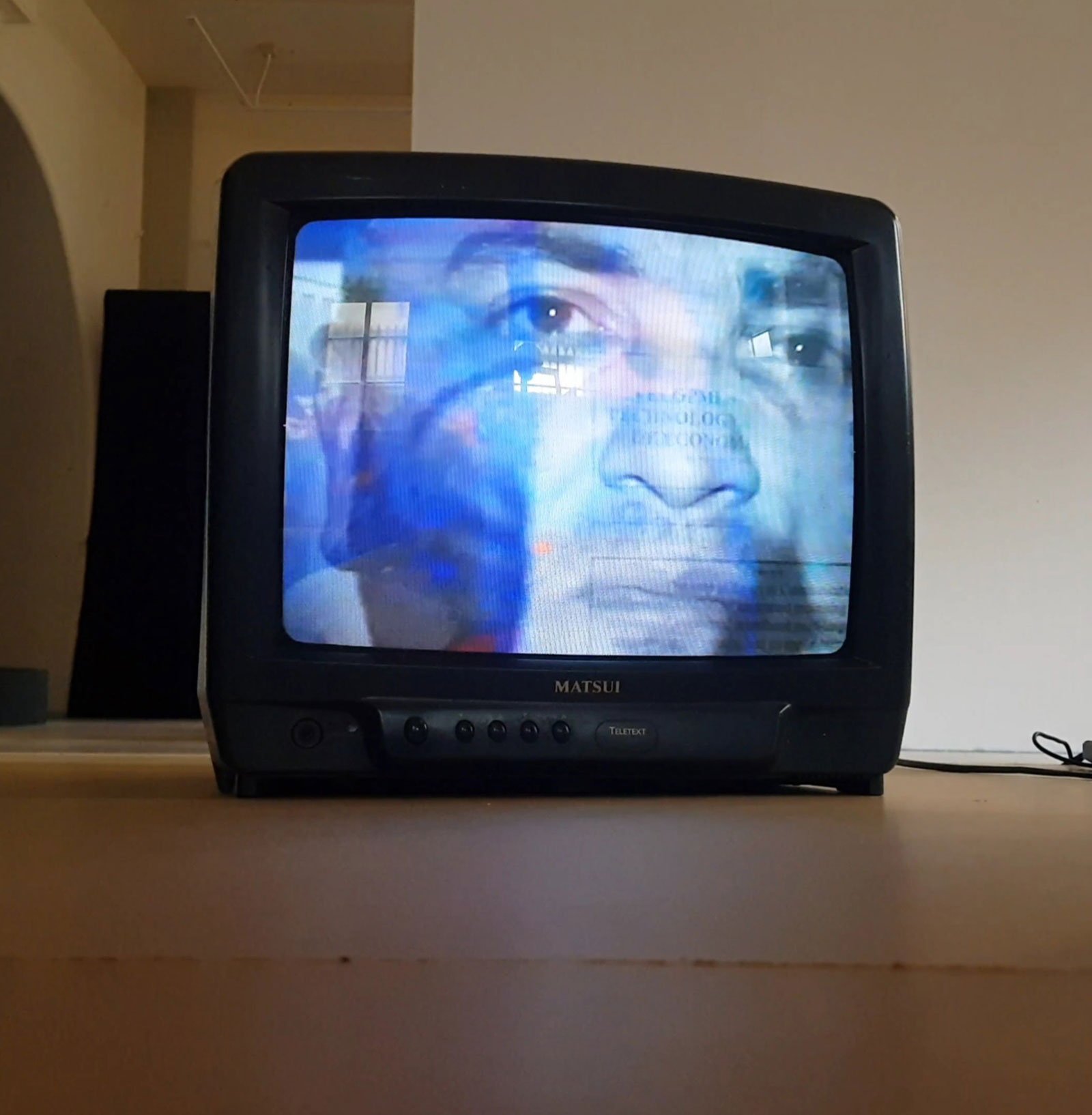
An extensive examination of the effects of digital technology on the Indian arts landscape can be found in the dissertation “The Digital Transformation of Indian Arts”. The dissertation is divided into five chapters, each of which focuses on a distinct fact of this change.
The Introduction in Chapter 1 Establishes the scene by highlighting the importance of Indian arts and customs. The chapter gives the reader a road map by outlining the dissertation’s structure.
The dissertation explores the development and current status of Indian arts from a historical viewpoint in Chapter 2, the Literature Review.
The research methodology is described in Chapter 3, along with the study’s design, philosophy, data collection techniques, and analysis methodologies. It also discusses the limitations and ethical issues that the research entails.
Chapter 4’s Findings and Analysis offers a comparative analysis of several facts of digital change in Indian arts, along with a thematic analysis of the literature review and case study findings.
The dissertation is finally concluded in Chapter 5, which provides an overview of the major discoveries and discusses their practical applications, consequences, and contributions.
Overall, the dissertation offers a comprehensive analysis of the ways in which digital technology is changing Indian arts, emphasising the potential and difficulties that artists and craftspeople must now navigate. It provides insightful information about how technology and traditional arts interact, as well as the implications for the development and preservation of cultural heritage.
The annual Degree Show is a highly anticipated event amongst staff, students, external partners and friends of the School of Art – it provides a platform for the work that the students have spent so long conceiving and producing. The 2023 Degree Show has been realised through an ongoing testing of ideas in public arenas in which the discourse around art practice takes place. This process of realising practice which engages with audiences has over […]



